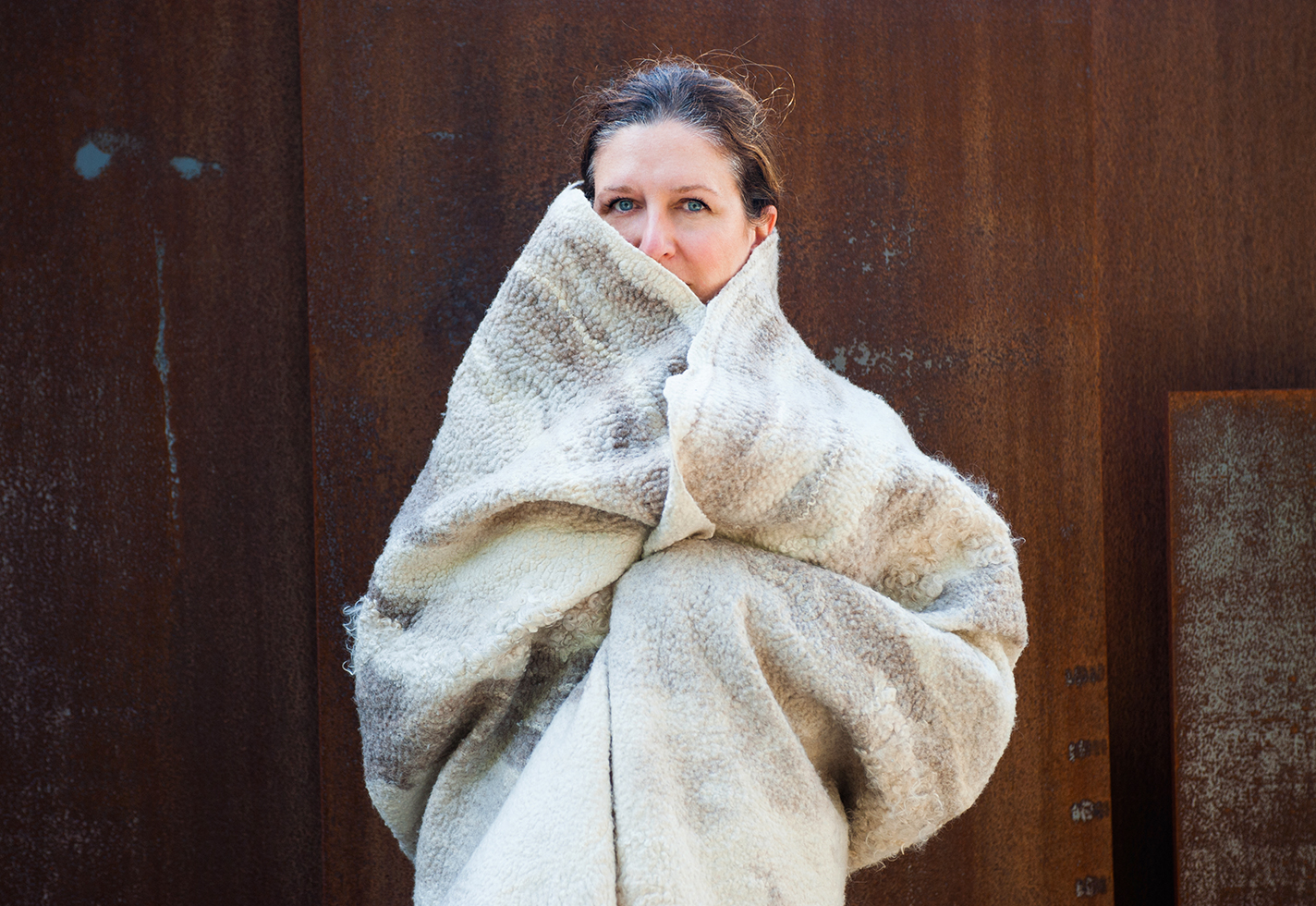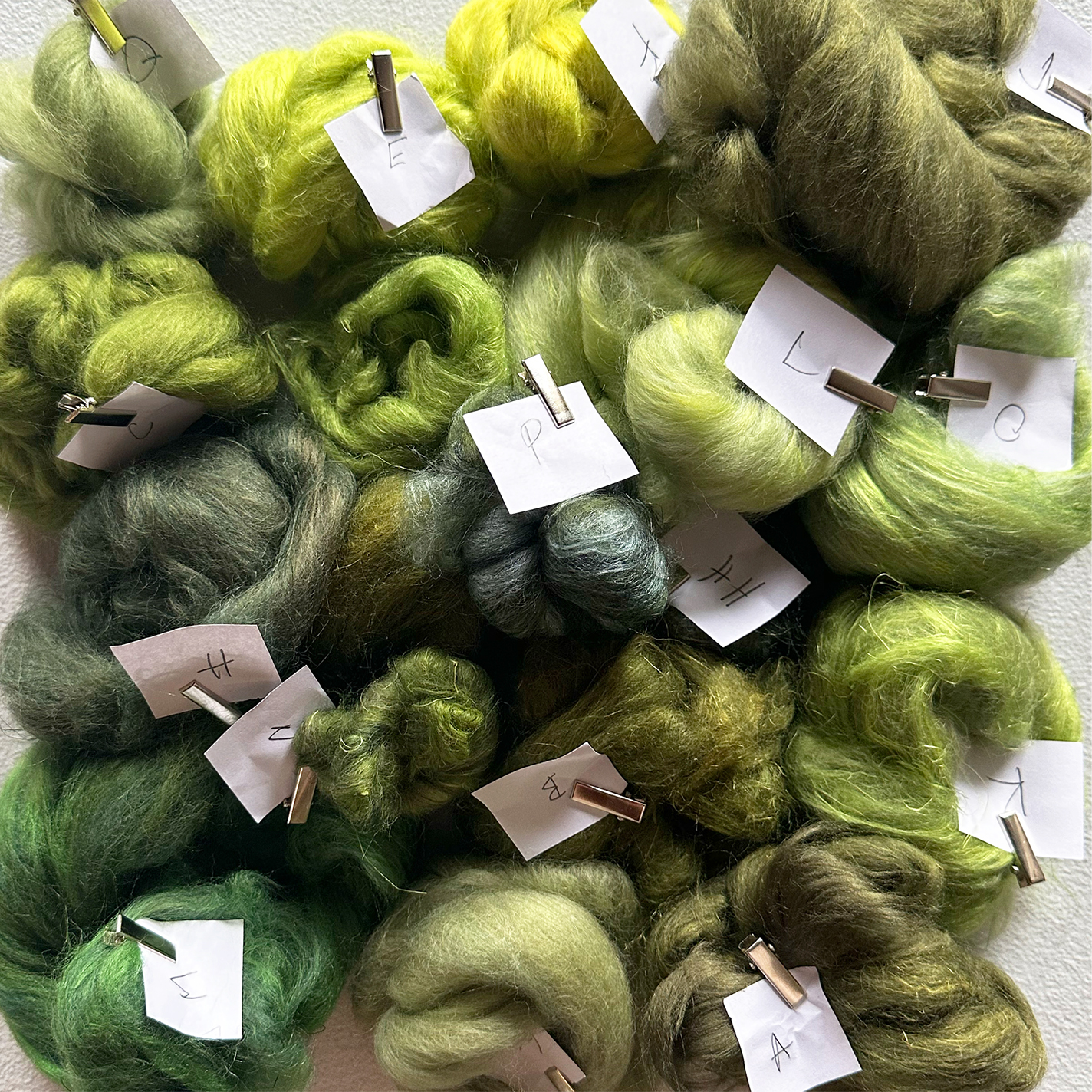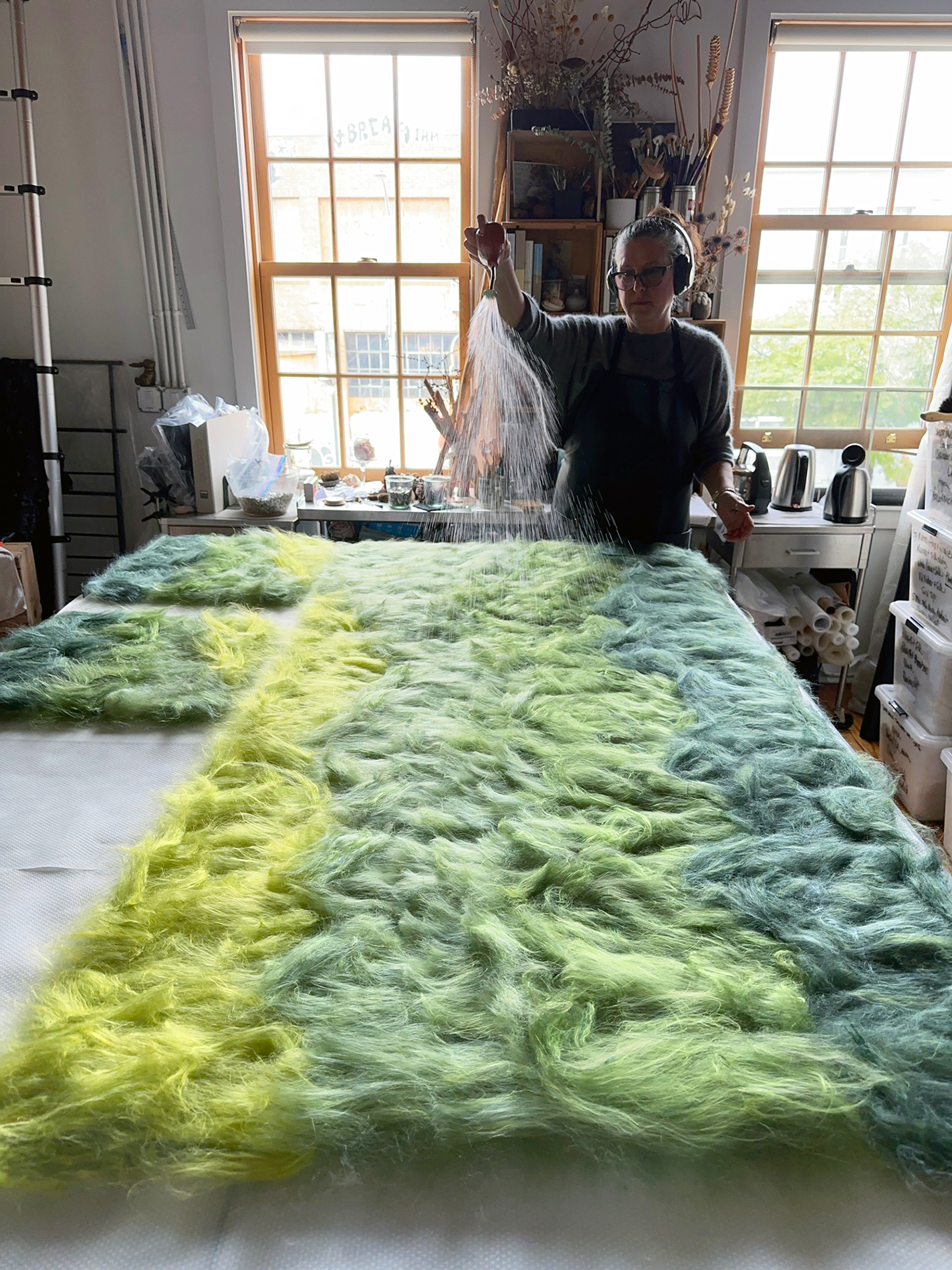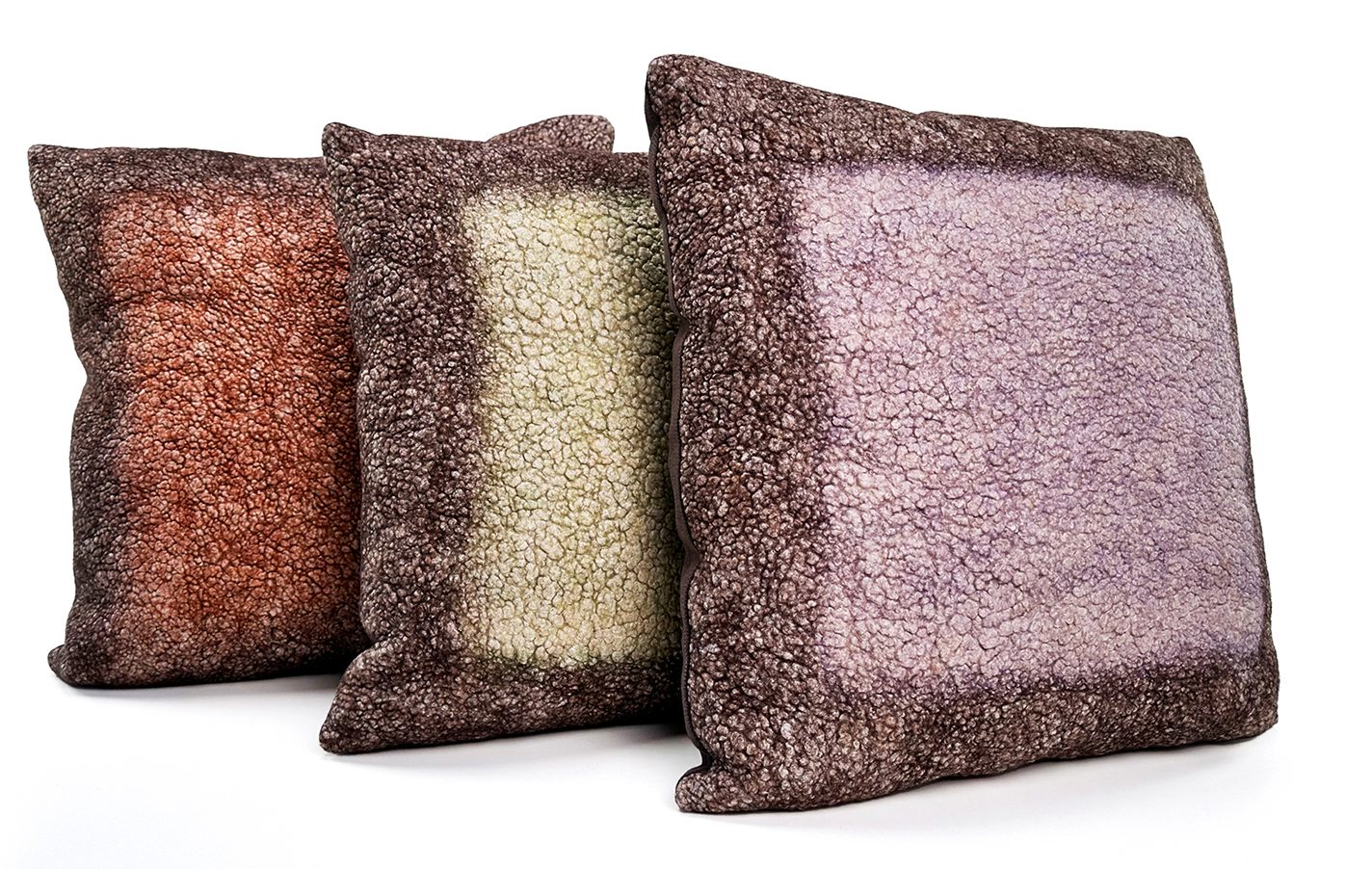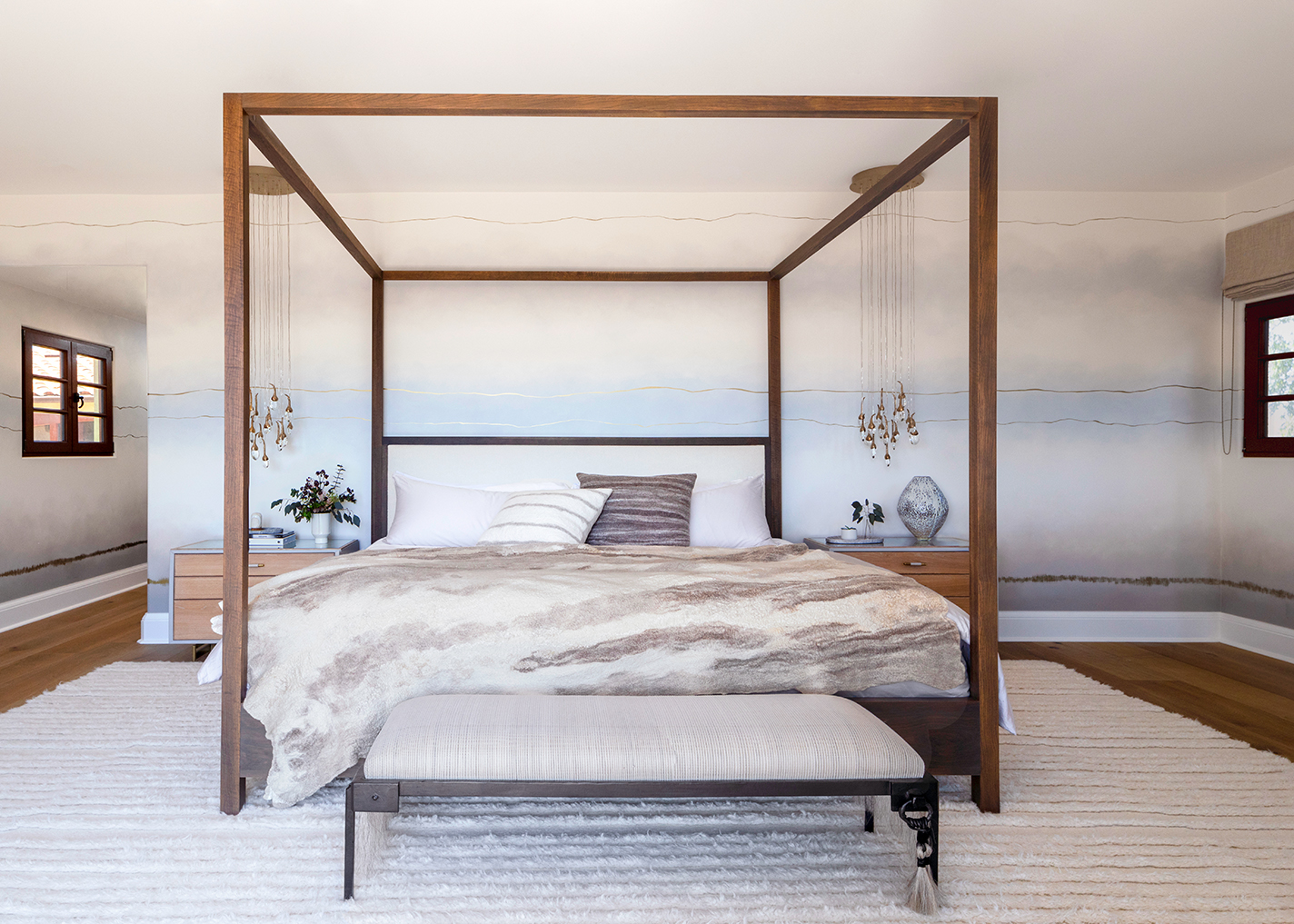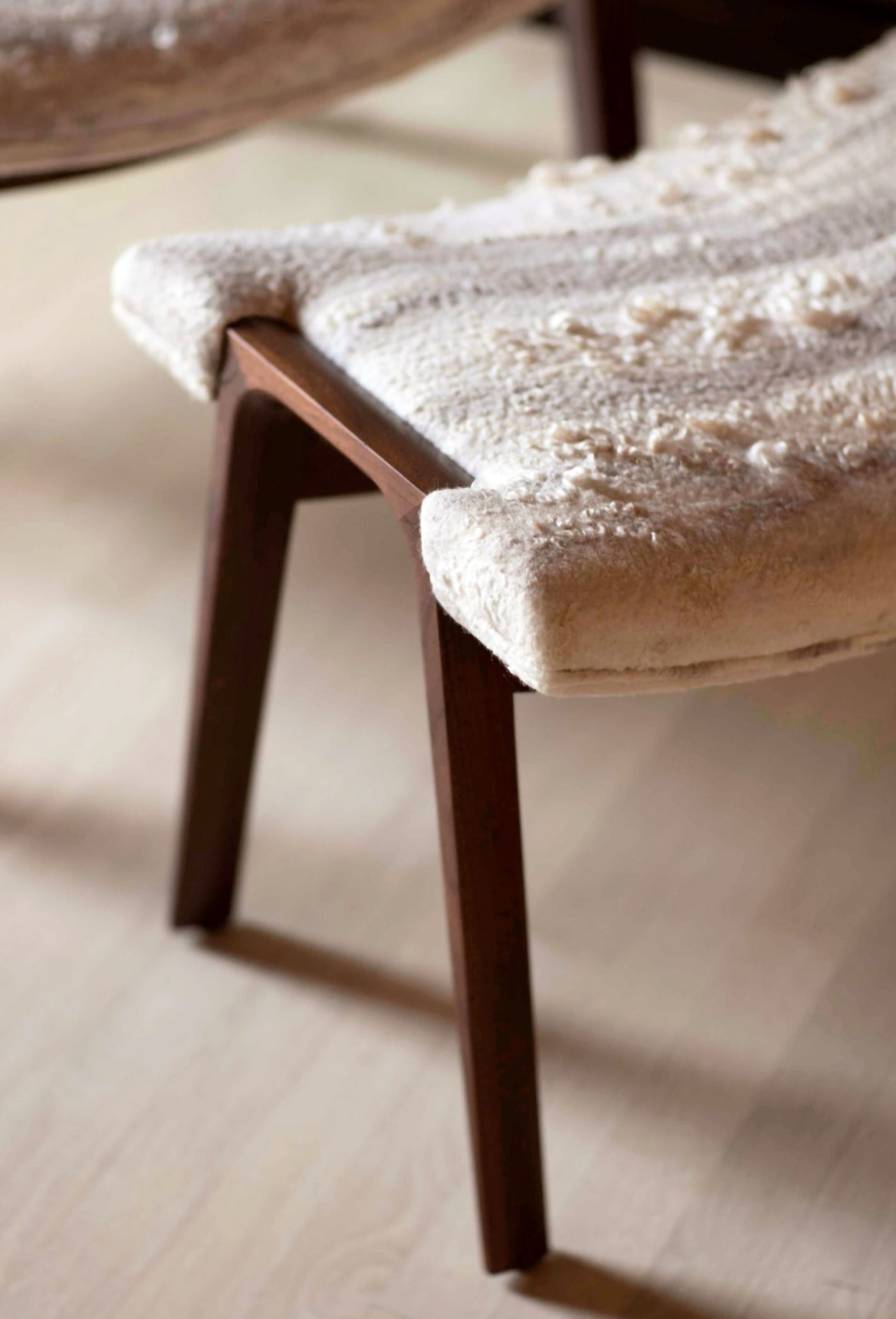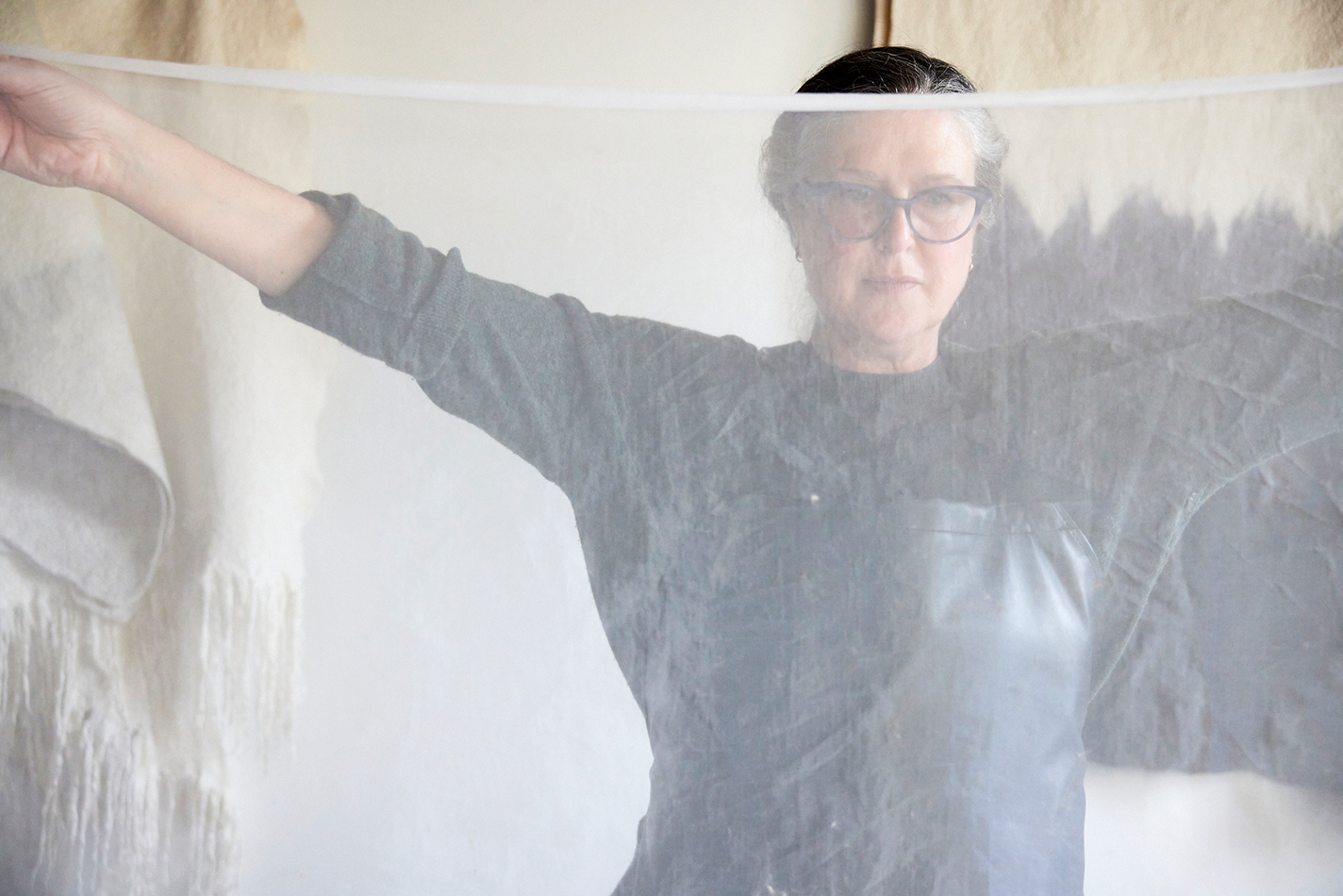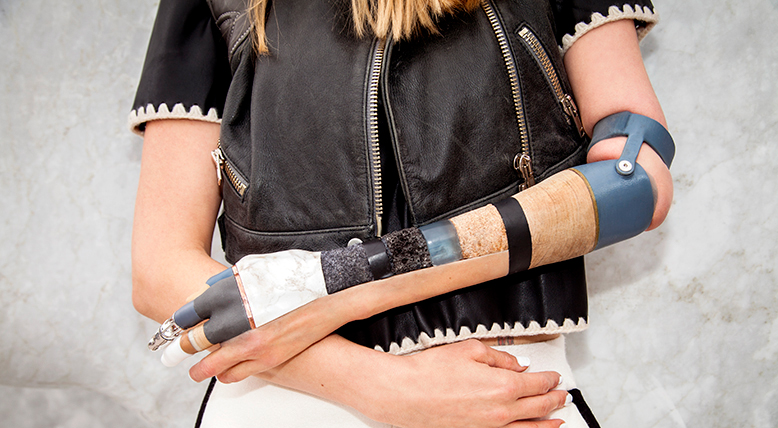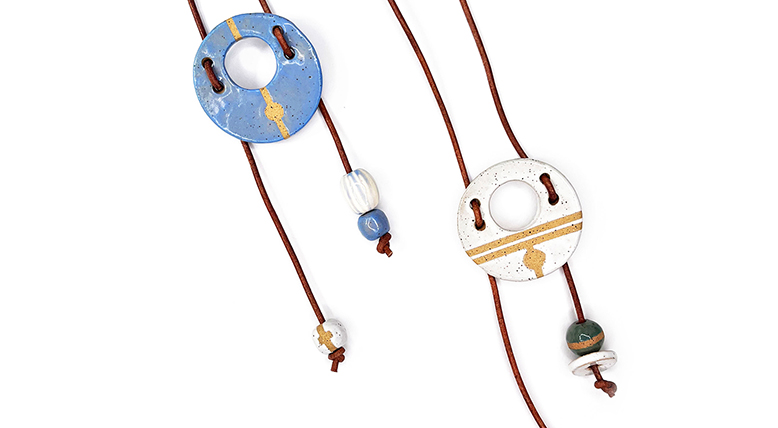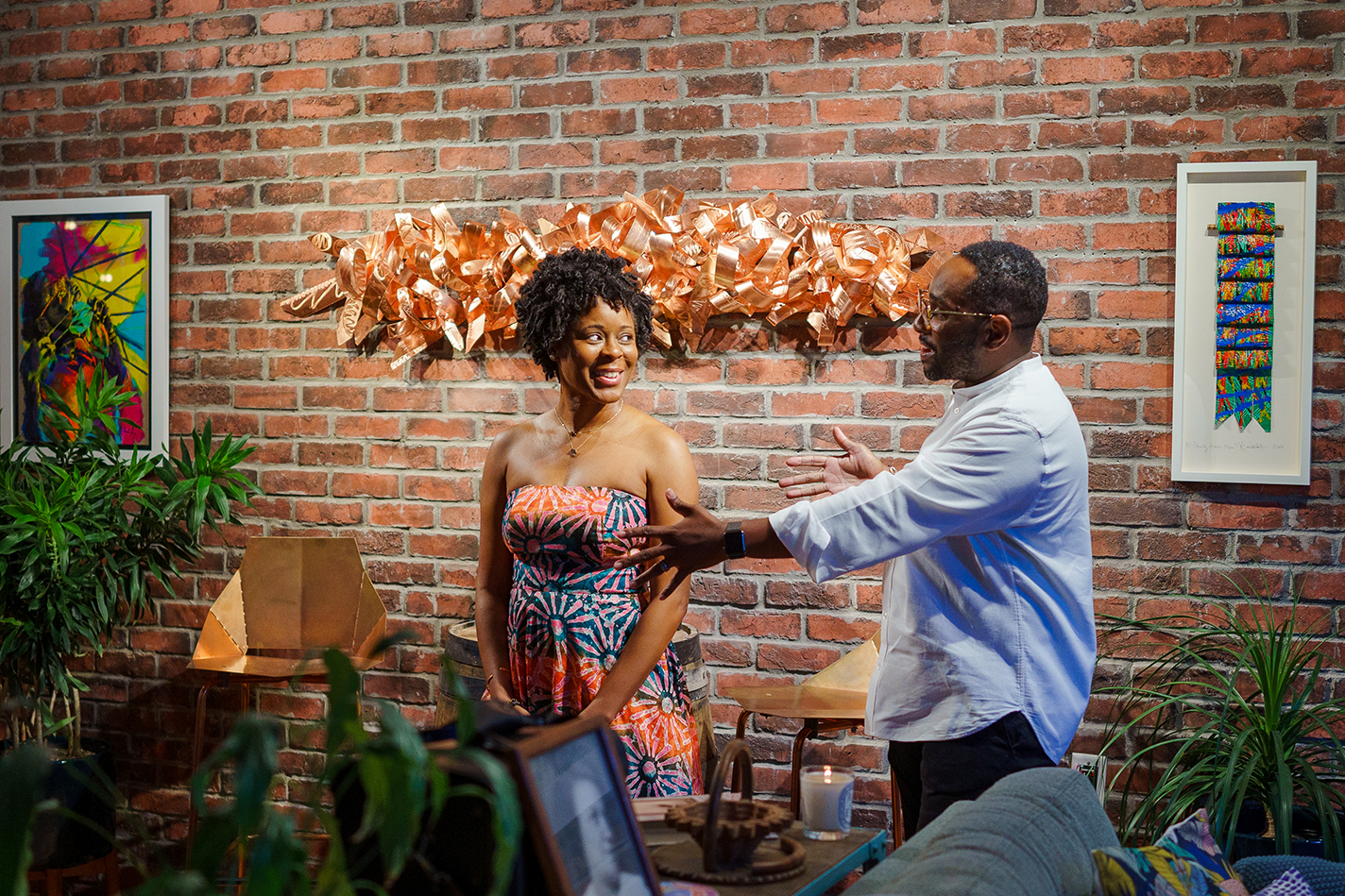Prior to 2010, when Kristin Colombano traveled to Mongolia on a photography assignment, her relationship with felt could be summed up in two words: poodle skirt.
“I think I made one when I was around eight,” says Colombano, now 56, perched on a stool in the San Francisco studio where she fashions the intricately patterned and richly textured felt pillows, throws, bedspreads, bolsters, wall hangings, and upholstery fabric sold under her label, Fog & Fury.
During her stay in Mongolia, Colombano, who studied painting and photography at the San Francisco Art Institute, discovered a textile that had little in common with the thin, mass-produced material used in kids’ crafts or to dampen the sound in pianos.
As Colombano slept snugly inside a felt-draped yurt on the windswept Mongolian plains, she was introduced to the material’s insulative qualities. Once back in the capital city of Ulaanbaatar, she wandered into a shop selling felt souvenirs—scarves, slippers, ornaments—and stood transfixed before a video demonstrating the 5,000-year-old fabrication process.
“The wool was splashed with mare’s milk, rolled into bundles, and dragged behind horses to agitate the fibers into binding and shrinking,” she recalls. A few years later, she came across a wet-felting workshop at the Sharon Arts Studio in Golden Gate Park, signed up on a whim, and was hooked. While Colombano keeps no horses, her labor-intensive technique for turning fiber into fabric without weaving hews closely to those old-school methods; for her, the dry needle-felting process developed in the 1980s tends to result in pieces that are less expressive, robust, and refined.
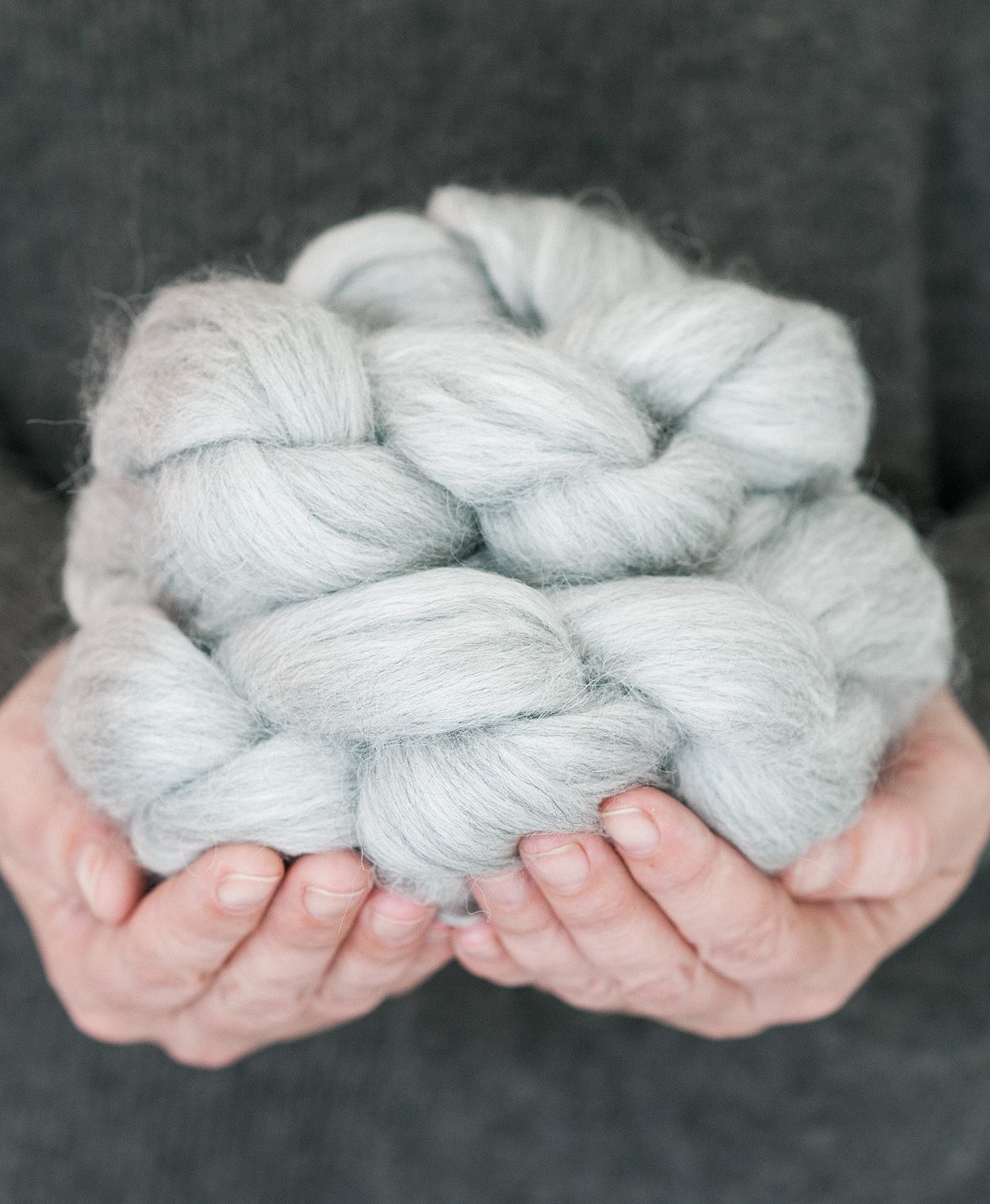
Colombano holds a skein of wool.
